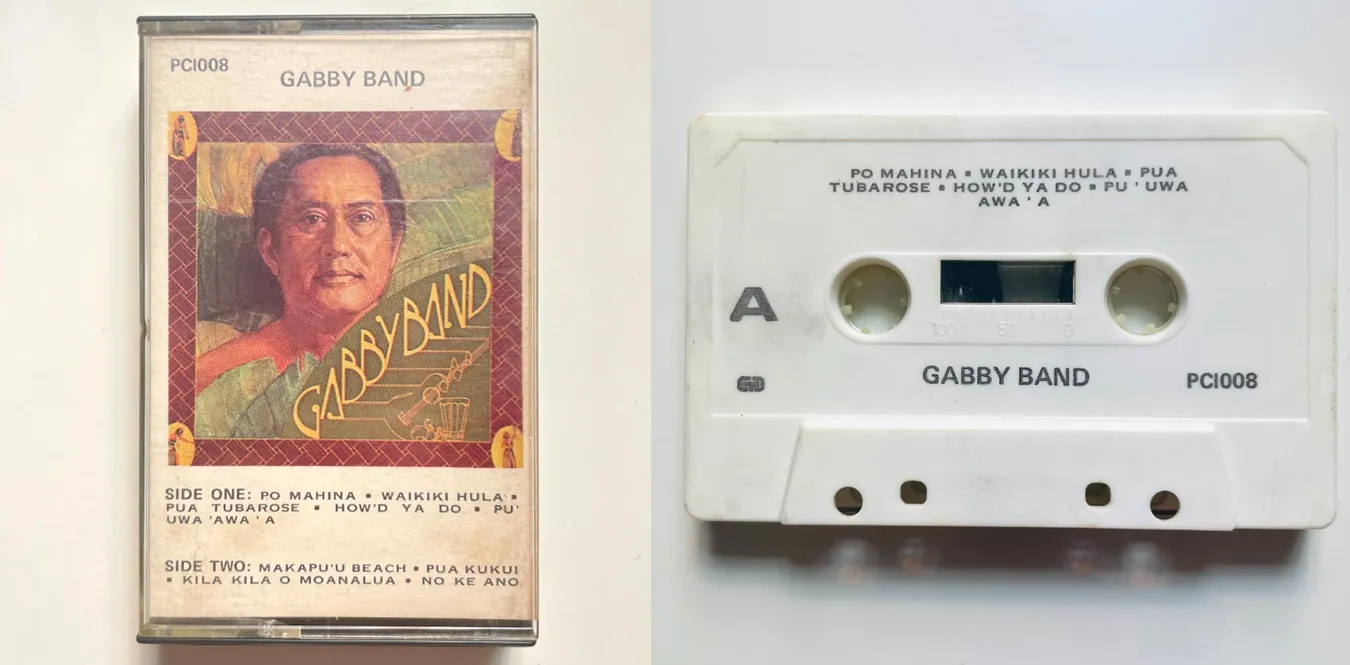[Column] Salsoul Orchestra and MFSB - Evolution from Philadelphia to Disco
Column en 70s Experimental Tribal![[Column] Salsoul Orchestra and MFSB - Evolution from Philadelphia to Disco](/../assets/images/column-salsoul.webp)
The moment Philadelphia strings made the world dance
Text: mmr|Theme: About the musical revolution that formed the basis of “disco”
In the early 1970s, a musical revolution that later became the prototype for ““disco’’ occurred in Philadelphia, a city on the east coast of the United States. At the center of this were MFSB (Mother Father Sister Brother) and Salsoul Orchestra.
They established a new sound called ““orchestra soul’’ by fusing gorgeous arrangements with plenty of strings and horns, a detailed rhythm section, and a soulful spirit. This lineage later spread to disco culture around the world, and was inherited by house, Latin, and even hip-hop sampling cultures.
The birth of the Philadelphia Sound: Gamble & Huff and Sigma Sound
At the end of the 1960s, Philadelphia International Records (PIR), by Kenneth Gamble and Leon Huff, supported the Philadelphia music scene. They began their activities based at Sigma Sound Studios, aiming to replace Motown as a new center for black music.
The recording was supported by an exclusive session group – MFSB. The members of MFSB included the following:
- Earl Young (drums)
- Norman Harris (guitar)
- Ronnie Baker (bass)
- Bobby Eli (guitar)
- Vincent Montana Jr. (vibraphone/arranger)
The smooth grooves created by these players became a worldwide brand known as ““TSOP (The Sound of Philadelphia)’’.
MFSB - The moment when strings dominate the groove
In 1973, the album ““Love Is The Message’’ was released under the name MFSB. The song of the same name became an anthem representing the history of Seoul, and was loved as a ““standard bridge song’’ by DJs in the early days of disco.
Earl Young’s ““four-on-the-floor’’ rhythm was what would later become the basic beat of disco and house. Furthermore, Vincent Montana Jr.’s vibes and string arrangements gave the rhythms of black music a classical elegance.
MFSB was more than just a band, it was the embodiment of a new concept: a ““studio orchestra.’’
The Birth of the Salsoul Orchestra: A Declaration of Independence for the Philly Sound
In 1975, Vincent Montana Jr. left MFSB and formed Salsoul Orchestra to pursue his ideals. Backed by Salsoul Records (founders: Cayre brothers), they aimed for a disco sound with strong Latin elements.
Montana uses the orchestration skills he cultivated at PIR to fuse Latin percussion and strings. As a result, a unique equation was created: Disco+Orchestra+Salsa=Salsoul.
The representative song “Salsoul Hustle” is a perfect symbol of this. Congas, timbales, strings, horns, and muted guitar all intertwine exquisitely, creating a feel of Latin cheerfulness and Philly sophistication at the same time.
Vincent Montana Jr. - Craftsman aesthetics and disco utopia
Montana’s arranging philosophy was clear.
“The orchestra is your weapon to dominate the club. Make the vibes, harps, and strings dance in the groove.”
His ideal is “music that dances gracefully.” They gave classical architectural beauty to the dance culture that originated on the street, and elevated the music to an “elegant festival.”
On the other hand, his extreme perfectionism made the studio musicians nervous, and it is said that each recording session required dozens of takes.
Key track analysis
| Song title | Year | Features | Notes |
|---|---|---|---|
| Love Break (Ooh I Love It) | 1980 | A treasure trove of sampling. Percussion and horn breaks were overused in later hip-hop. | Cited by Public Enemy, Eric B. & Rakim, etc. |
| Salsoul Hustle | 1975 | The origins of early disco. A fusion of 4/4 beat and Latin groove. | Symbolizes a leap forward from the Philly sound. |
| Nice “n Naasty | 1976 | String-led dance track. | Features a sophisticated arrangement. |
| Runaway (feat. Loleatta Holloway) | 1977 | A dramatic development featuring female vocals and strings. | Reevaluated in later years in the house world. |
Sampling culture and reassessment
In the late 1980s, hip-hop unearthed Salsoul’s legacy. The horn riff of “Love Break” and the percussion of “Ooh I Love It” were reimagined on Public Enemy”s “It Takes a Nation of Millions to Hold Us Back” and Eric B. & Rakim”s “Paid in Full.”
Also in the 1990s, Masters at Work (Louie Vega & Kenny Dope) reworked Salsoul’s catalog and remixed it in a house context. Salsoul”s vinyl records have become a club DJ”s holy book.
Chronology: Genealogy from Philadelphia to Salsoul
Discography (main works)
| Year | Artist | Album | Link |
|---|---|---|---|
| 1973 | MFSB | Love Is The Message | Amazon |
| 1975 | The Salsoul Orchestra | The Salsoul Orchestra | Amazon |
| 1976 | The Salsoul Orchestra | Nice “n Naasty | Amazon |
| 1977 | The Salsoul Orchestra | Magic Journey | Amazon |
| 1980 | The Salsoul Orchestra | Street Sense | Amazon |
Conclusion: Genes of orchestral soul
MFSB and the Salsoul Orchestra are “bridges” in the history of black music. They made the transition from soul to disco with brilliant and intelligent sound design.
The blood of Philadelphia certainly flows through the current club culture - house and new disco. It is the paradoxical beauty of strings playing the rhythm. The architectural beauty created by Montana’s hands continues to shine deep within the dance floor.
“The Sound of Philadelphia never dies—it just keeps dancing.” ― Vincent Montana Jr.

![[Column] Shoji Yamashiro (Riki Ohashi) and the entertainment Yamashiro group - Exploration of sound, group, and environment as a comprehensive art](/../assets/images/column-yamashiro-shoji.webp)
![[Column] Taj Mahal Travel Group and Takehisa Kosugi - A journey to unleash sound](/../assets/images/column-taj-mahal-travelers.webp)
